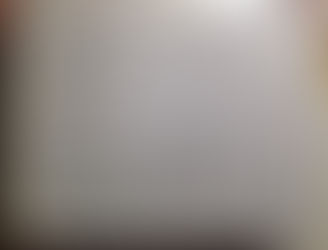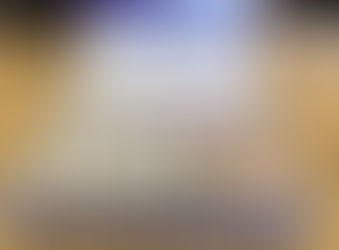Data Visualization: 911 Incidents in Seattle
- Yeun-Yuan Kuo
- 2015年12月21日
- 讀畢需時 2 分鐘
In this project I designed three data visualization graphs based on the data of Seattle's 911 incidents occurence chart during 2015.
The actual link to this project:
https://public.tableau.com/profile/yeun.yuan.kuo#!/vizhome/911_2/Dashboard1



When first exposed to the software Tableau, I was overwhelmed by all the functions and ways of how it can be used to present your data. In the beginning, I encounter difficulties of not being able to publish my work to public.tableau.com, and also not being able to present my data in the arrangements that I wanted. However, after using the software for a serious amount of time, I understand how to manipulate the color, shapes, and size in the way that I desire. The major step of being able to manipulate Tableau is actually spending time with it and figuring it out. The part that went extremely well is connecting the datasets to the software. On the other hand, I believe the part that could of gone better is that in the studio where we actually start using the software, we should have been notified to learn the tableau on our own before coming to the studio.
During the studio, I encounter problems of not being able to publish my work onto pulic.tableau.com and not being able to figure out how to use the software fluently in a short period of time. To solve the first problem I would publish my work by clicking (Server > Publish Workbook) instead of (Server > Tableau Public > Save to Tableau Public As), because some might not work. Moreover, I would learn the tutorial of tableau beforehand and that would solve all of my technical issues in the studio.
“What is the crucial first step in designing visualization?” I believe the most important thing in designing your visualization is to understand your data and user groups. In that way you if you know what kind of information the users would want to get from the data, it would be easier for you to design and arrange the visualization base on what the users would like to know and what you think is the most important thing from the data.
I often see people giving out vegetarianism brochures on campus, which made me think of why not help them design a more powerful message with visualization? The user groups would be basically everyone who isn’t vegetarian. They might ask why they should become vegetarian? To help spread vegetarianism to people who have eaten meat all their life, we have to get their emotions involved. By showing analytical or logical side isn’t enough, we’ll have to incorporate aesthetical elements. If visualization is balanced in color, shape, alignments, and proportion, it ought to give the users a pleasing experience that could help us communicate with the users in an emotional level. And by using the increase or decrease of size and colors can actually make people feel the changes in a severe way. In this way, I am able to show vegetarianism can benefit the society in a more influential way.

















Comments